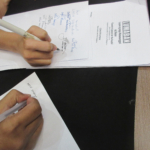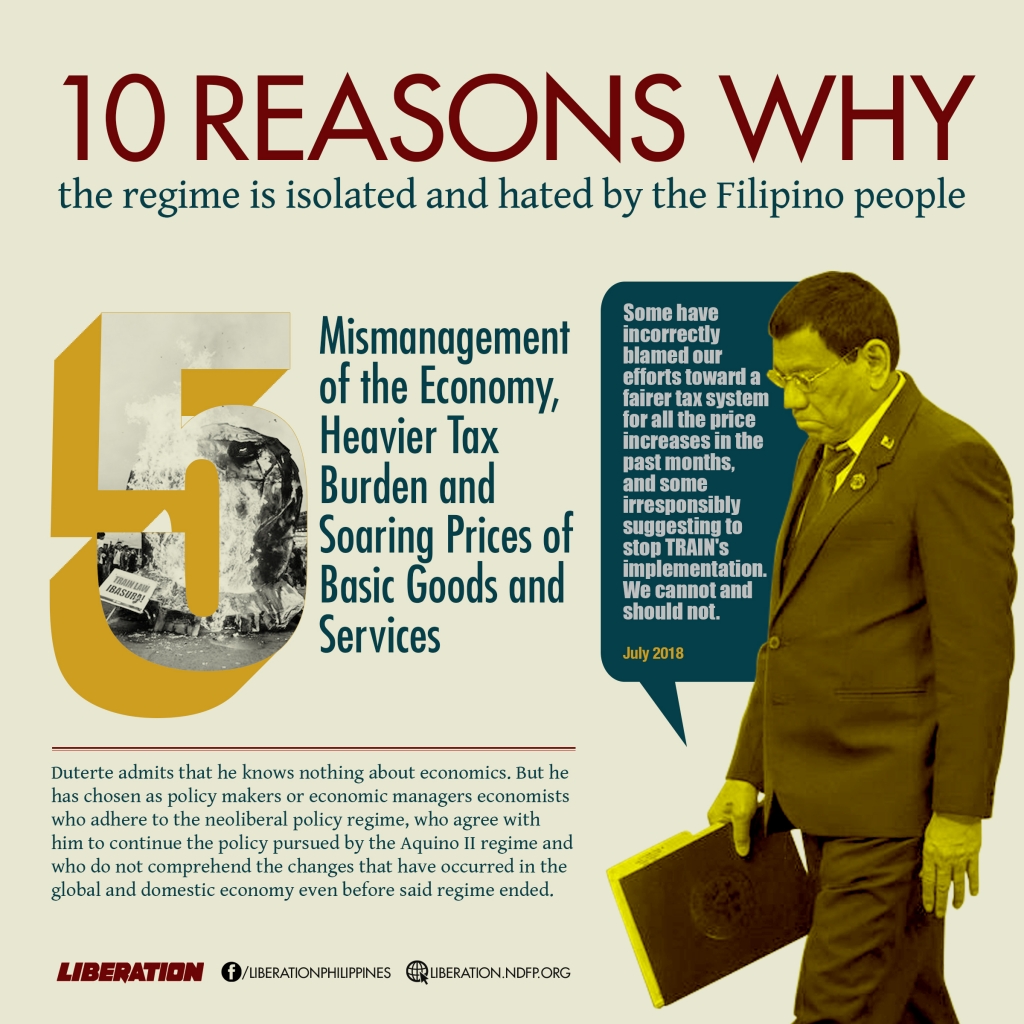NDFP’s First PrepCom

A smile formed on the face of the man sitting in front of us, his eyes full of memories. We decided to call him Tony in this interview. He was a member of the original NDF Preparatory Committee (PrepCom) that helped prepare the grounds for the establishment of the NDFP.
According to Tony, there were originally at least eight PrepCom members: journalists Antonio Zumel and Satur Ocampo, student leader Voltaire Garcia, Dumaguete Times publisher Hermie Garcia, Communist Party of the Philippines (CPP) founder Jose Ma. Sison, a representative of the trade union sector and two oldest members who came from the old CPP, Angel Baking and Sammy Rodriguez. Later, other persons would be added to the group, including Dr. Dante Simbulan, a former teacher at the Philippine Military Academy (PMA).
According to Tony, the PrepCom’s first meeting was held in Malabon, at Voltaire’s house. They had several extensive meetings, he said, to discuss the concept of the NDFP and its program. Some of them were held in churches, allies’ houses in Southern Tagalog, as well as in a rented house in Baguio. “I look at it every time I go up there. I couldn’t help myself,” Tony said. “It is along the highway, just before you enter the city proper.”
“Many documents were written in that house, including much of Joma’s PSR (Philippine Society and Revolution),” he said.
The meetings were obviously precious for him, and some of them he could still clearly remember. A regular meeting, he said, would surely consume the whole day. Once, when they were discussing the NDFP draft Program, they met for two days and one night straight.
Tony described Rodriguez, Baking and Hermie Garcia as the serious ones. Rodriguez and Baking (the “oldies”), being the most experienced, would cite lessons from the old Party and debate on issues most of the time. Simbulan, he said, he would always remember for his anecdotes on life as a PMA instructor.
“Syempre pinakamakwento’t matsismis ‘yung si Joma,” Tony said. He recalled how Sison’s punchlines would break the seriousness in the meetings and bring laughter to the group. “Ganoon naman talaga yun. Galawgaw s’ya nung estudyante s’ya. In fact, maraming nagtaka naging very serious s’ya (when he got into the movement),” he said.
Zumel and Ocampo on the other hand had stories about the National Press Club. Zumel in particular had colorful stories about the late Manila Mayor Arsenio Lacson and other personalities he covered.
All PrepCom members brought their particular experiences and knowledge about Philippine society into the group, enriching their discussions and slowly giving texture and voice to the aspirations of their countrymen through the NDFP Program which they drafted.
Before Martial Law was declared, Tony described their mode of operation as “semi-UG.” When Martial Law was declared, they had to be extra careful with their movements since most of them were well-known personalities. The oldies in particular always took the long route. The rest arrived individually from different areas. When traveling as a group, the journalists would usually be the ones to alight and talk when stopped at military checkpoints, presenting their press IDs.
Some of them also tried to disguise themselves. Ocampo applied hair gel, even growing his hair long at one point, prince valiant style. He also once colored it gray and even had it curled.
On how they moved around, Tony smiled and said, “Paikot-ikot ka lang sa ilong ng kaaway.”
Soon, need for cadres in other areas due to the fast expanding revolutionary work necessitated the redeployment of some of the PrepCom members. The PrepCom’s composition thus changed, particularly when some of its members fell on enemy hands. This included Voltaire Garcia who died while in detention.
The NDFP and its allied organizations are now present in most of the country’s 73 provinces. They are in the 130 guerrilla fronts scattered all over the country. Here, the people’s democratic power, the embryo of the future government, continues to be enhanced and consolidated. Programs that benefit the masses are carried out, including programs on literacy, health care, cooperatives and livelihood programs.
It had been more than 33 years since Tony and the other members of the first NDFP PrepCom got together. The NDFP Program they drafted was officially approved on April 24, 1973, which became the official founding date of the NDFP. Its growth is testament to the correctness of building a united front organization that would bring together the different sectors of Philippine society, particularly the working class, peasantry and urban petty bourgeoisie, and encourage portions of the middle forces and ruling classes in order to attain genuine national liberation and democracy. (By Toni Hernandez, first published in Liberation in April 2005)###


















